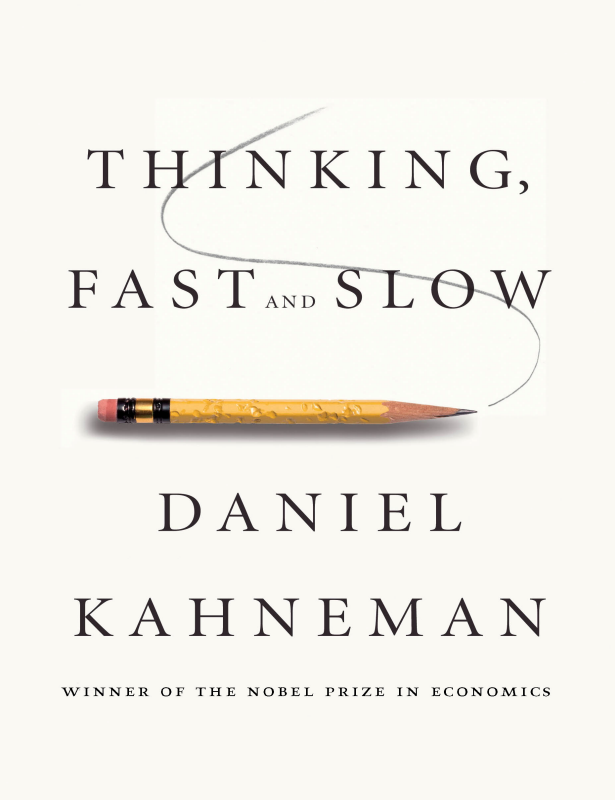
Your brain is lying to you. It takes shortcuts, follows biases, and calls it ‘intuition.’ Meet System 1: fast, lazy, and wrong more often than you’d admit. Want proof? Would you bet on ‘Linda the feminist bank teller’ over just ‘a bank teller’? If yes, you’ve been fooled. Nobel winner Daniel Kahneman exposes why even smart people make dumb choices—and how to outthink your own mind. Warning: After this book, you’ll never trust your gut again.
Thinking, Fast and Slow by Nobel Prize-winning psychologist Daniel Kahneman is a groundbreaking exploration of human decision-making. The book presents decades of research on behavioral economics, revealing how our minds operate through two systems:
System 1 (Fast Thinking):
Automatic, intuitive, and emotional
Handles routine tasks (e.g., recognizing faces, driving a familiar route)
Prone to biases and quick judgments
System 2 (Slow Thinking):
Effortful, logical, and deliberate
Manages complex tasks (e.g., solving math problems, making tough decisions)
Lazy and often defers to System 1
Kahneman exposes how these systems shape our choices, often leading to irrational behavior. Key insights include:
Cognitive Biases: Humans consistently make predictable errors (e.g., overconfidence, anchoring, loss aversion).
Prospect Theory: People value losses more than gains, explaining why we avoid risks even when odds favor us.
Halo Effect: First impressions distort later judgments (e.g., assuming attractive people are more competent).
Planning Fallacy: We chronically underestimate time and costs for projects.
The book blends experiments (like the infamous “Linda the Bank Teller” problem) with real-world implications (e.g., stock market investing, policy-making). Kahneman’s work with Amos Tversky debunked the myth of “homo economicus,” proving that emotion and inertia drive most decisions—not pure logic.
While dense, its revelations help readers spot flaws in their own thinking—from personal finances to professional judgments. The takeaway? Slow down, question gut reactions, and design systems to counter human error.